Along Costa Rica’s Highway 34 lies one of the most popular bridges in the country – the famous Costa Rica Crocodile Bridge.
*This post may contain affiliate links, as a result, we may receive a small commission (at no extra cost to you) on any bookings/purchases you make through the links in this post. As an Amazon Associate, we earn from qualifying purchases. Read our full disclosure
The bridge offers a unique view of the brakish waters of Rio Tarcoles, home to about 2,000 large American Crocodiles (crocodylus acutus). The crocs enjoy good sunbathing, so it’s common to spot many of them lazing around the banks of the river.
American crocodiles can reach up to 20 feet (6.1 metres) long and weigh 2,000 (907kg) pounds. If you’re lucky, you might spot some of the huge crocodiles below the bridge, but the average size of crocs is about 10-15 feet (3-4.5 metres) long.
Here’s a fun fact: the Tarcoles River is known to have one of the highest populations of crocodiles in the world!
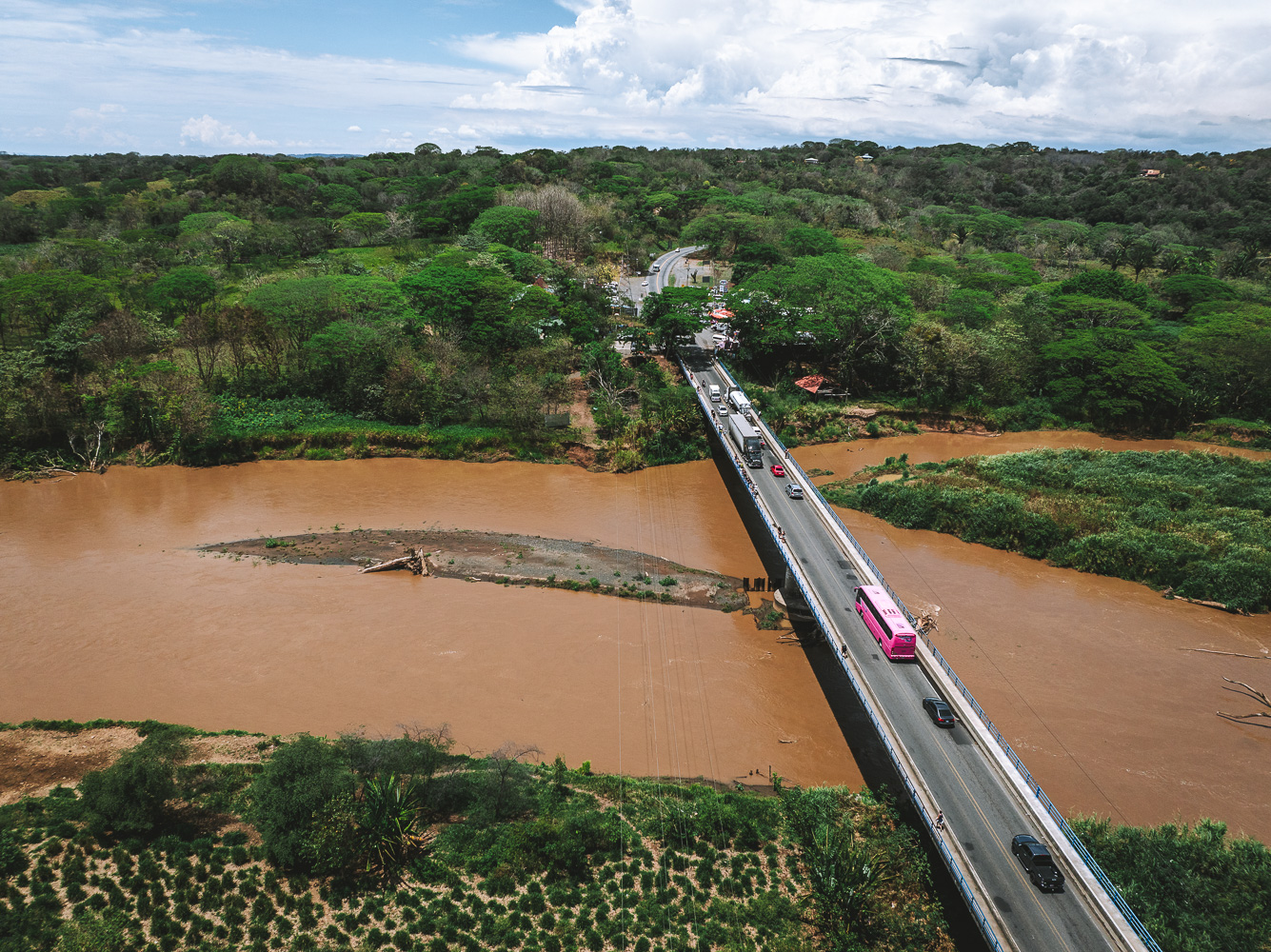
Traveling Soon? Here is a list of our favourite travel providers and accessories to help get you ready for your upcoming trip!
About Crocodile Bridge
The Crocodile Bridge goes over the Tarcoles River, and its basin is actually one of the most important in Costa Rica. Its location along the Western Central Valley makes it integral for lots of wildlife, more than just crocodiles. The entire Tarcoles River watershed covers around 2,000km (1,242 mi) and leads all the way to the Pacific Ocean. Tarcoles River also marks the border of nearby Carara National Park, known worldwide as a bird-watching destination.
If you’re going to explore Costa Rica and your itinerary includes travelling via the Costanera Sur Main Highway (Route 34), the Crocodile Bridge is an unforgettable (and free!) pitstop that you don’t want to miss. Pullover en route to see the huge crocodiles, walk along the bridge, and even grab a bite from the small restaurants nearby.
Whether you’re there to stretch your legs for a few minutes or to explore the rest of Tarcoles River on one of their boat tours, Costa Rica’s Crocodile Bridge is a great spot for a quick adventure.
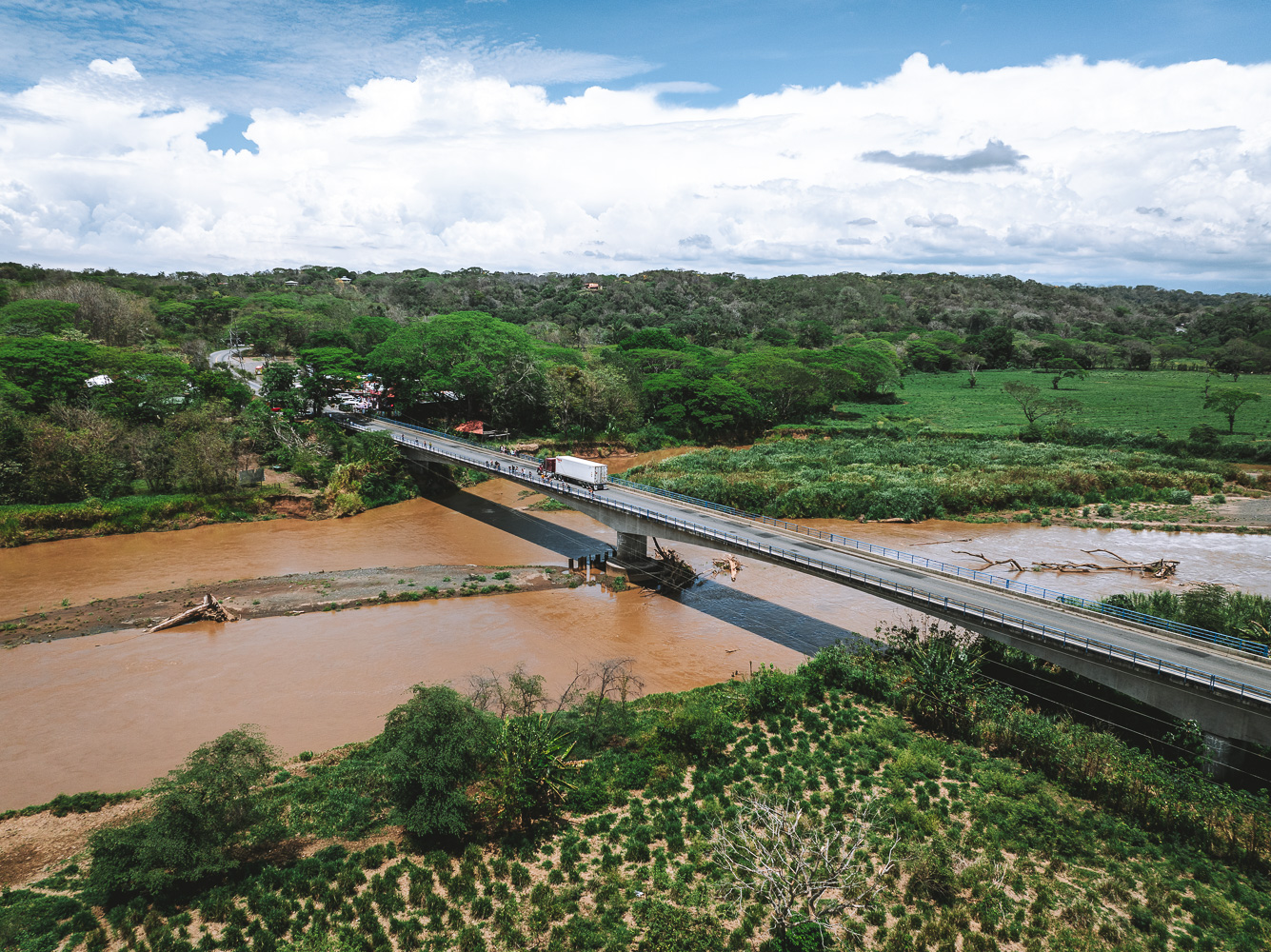
Here’s what you need to know if you want to visit the Costa Rica Crocodile Bridge:
How to Get to Crocodile Bridge, Costa Rica
The Tarcoles River Crocodile Bridge is located in the small town of Tarcoles, Costa Rica. We highly recommend driving to get there. Since it’s really more of a quick stop, having a car at your own disposal is the most convenient way to experience the Tárcoles Bridge to the fullest.
Note that while shared buses and shuttles do pass the Tarcoles River Bridge to get to their destination, particularly those en route to Jaco, La Fortuna, Manuel Antonio, or Osa Peninsula, they typically do not stop for photos and sightseeing.
By Car
You can search for the bridge on Google Maps, making navigation very easy. The pin appears as Crocodile Bridge.
San Jose Airport is the closest international airport to the Tárcoles Bridge, located in the small town of Tarcoles. From San Jose, take Highway 27 towards Jaco and Puntarenas, and you’ll reach the bridge in about an hour.
From Jaco, the Tarcoles River Bridge is a quick 20-minute drive away.
By Bus/Shuttle
If you want to see Tarcoles River but are not travelling with a car, you can get there with a combination of busses and taxi. From San Jose, take the 601 San Jose bus to Pozon. From there, it’s a 13-minute taxi ride to the Tarcoles River Crocodile Bridge.
From Jaco, the 655 Jaco public buses run every 4 hours and take about 40 minutes to get to the bridge. Make sure to let the bus driver know where you’re getting off so you don’t miss your stop! The 655 Jaco bus also runs from San Jose but in the opposite direction, so you can actually board from either station and stop at the bridge. It might take some time for the bus to get back there, but at least you have a lot of time on your hands!
From Puntarenas, hop on the bus to Jaco and get off the Crocodile Bridge.
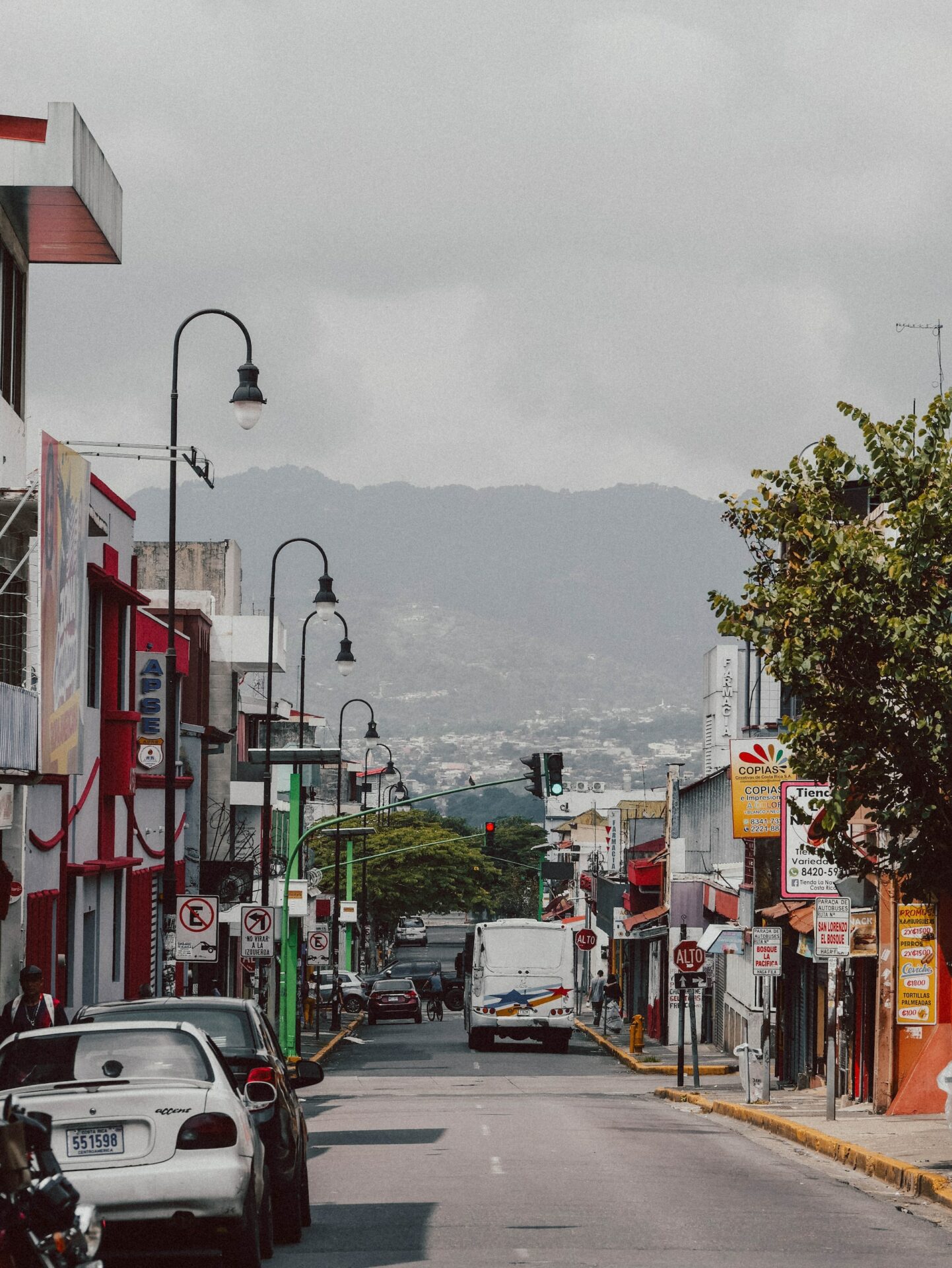
By Taxi
If you don’t have a rental car or tour booked, taxis are also another great transportation method to get to the Tarcoles Bridge directly. This is convenient if you’re staying in any of the nearby towns along the Pacific Coast area, such as Jaco, which is only 20 minutes from the bridge.
Parking at Crocodile Bridge
There’s free parking on either side of the Crocodile Bridge, so you won’t have any trouble parking your car. We suggest parking by the northern side, where there are more people and more activity. Some nearby restaurants also offer parking in exchange for a small fee.
Be careful when leaving valuables in your car, as there have been multiple incidents of theft around the area. Even locked cars were not spared, so make sure you park somewhere safe and that there’s someone keeping an eye on your vehicle.
Facilities at Crocodile Bridge
Crocodile Bridge has quickly become one of Costa Rica’s unique must-sees. The bridge itself has a pedestrian sidewalk that’s 4-feet wide, with a concrete barrier keeping visitors safe from trucks and cars.
Near the bridge, you’ll find restaurants, coffee shops, fruit stalls, and souvenir stands.
In case you need a bathroom break, these shops usually let paying customers use their bathrooms, too. If you aren’t eating or buying anything, there are separate bathrooms behind the plaza that charge a small fee for their facilities.
There are also Tarcoles Boat Tours available from Tarcoles Town, just 10 minutes away from the bridge. Tours such as the Crocodile Man will let you explore the river on a covered boat and get up close and personal with the crocs and any birds around the area. Make sure to book a tour with a trusted provider.
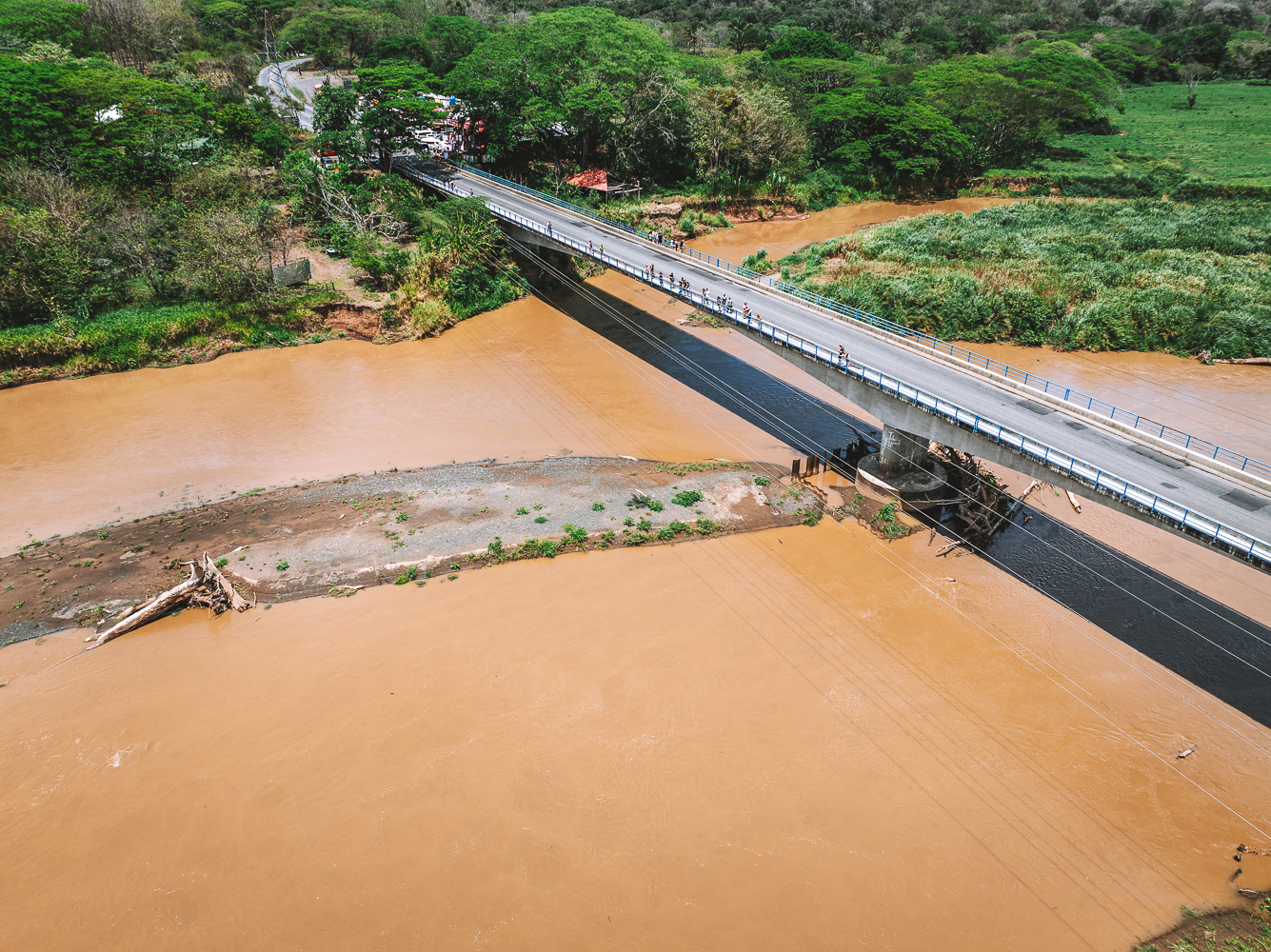
Tips for Visiting Tarcoles River Crocodile Bridge, Costa Rica
Don’t feed the crocodiles. This practice used to be quite popular with tourists and locals. And while raw meat (thing whole chicken) is still sold at stalls around the bridge, we do support the practices of feeding the crocodiles. As always, we let wildlife be wild and recommend that you do the same.
Swimming on the river is not allowed. This goes without saying: the waters in Tarcoles River are filled with crocodiles, and swimming is prohibited. Even when you go on a boat tour, tour operators will tell you to keep your hands and feet in the boat at all times.
Go early in the morning or early afternoon. You won’t miss the crocodiles regardless of the time of day you go, but we recommend going earlier in the day. There will be fewer people on the bridge, plus you’ll likely get a better view since more crocodiles tend to come to the surface during the daytime.
Keep an eye out for other wildlife. The American crocodile is just one of the many animals you’ll find here. The river serves as a natural habitat for many wildlife and birdlife, and some you might see are scarlet macaws, caimans, green-crested basilisks, and large iguanas.
Mind your valuables. There are cases where people return to their cars and find their gadgets missing or their wallets emptied out. Make sure to keep all valuables in your car hidden, or better yet, carry your essentials with you. Some even recommend taking turns visiting the bridge so there’s always someone who can watch over the vehicle.
Dispose of trash responsibly. Aside from being the most popular in Costa Rica, the Tarcoles River is also, unfortunately, one of the most polluted rivers in the country. While the government and the local community are working on initiatives to clean up the river, it’s important that we, as tourists, do not contribute to the problem.
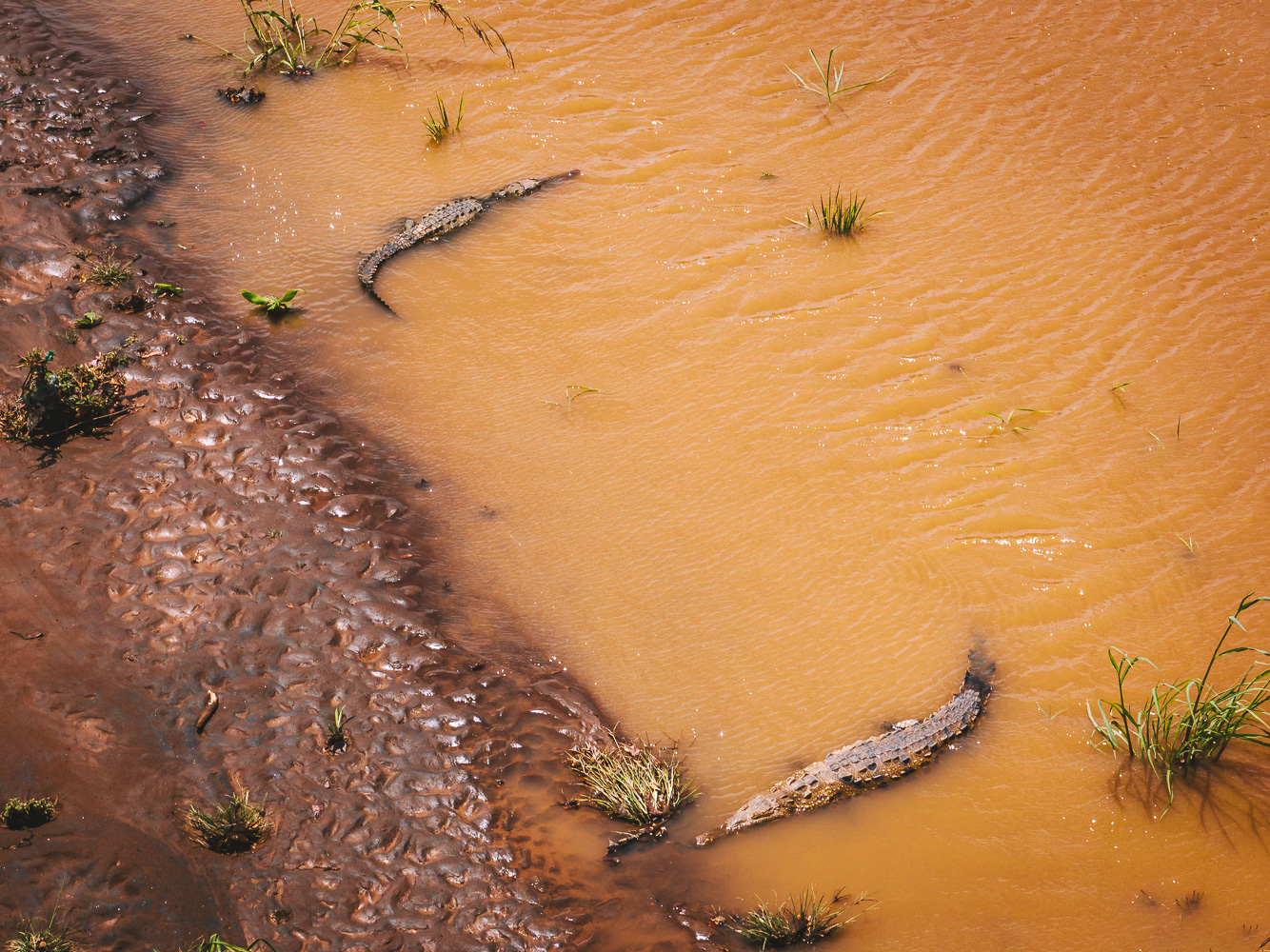
Is Crocodile Bridge Safe?
Yes, the Crocodile Bridge is 100% safe for all tourists, including families with small children. There’s a pedestrian barrier that runs the full length of the bridge, ensuring everyone’s safety. Of course, safety goes both ways. Tourists should also behave appropriately while on the Crocodile Bridge, which means no playing around, pretending to hang or fall off the bridge, or doing anything to provoke the crocodiles.
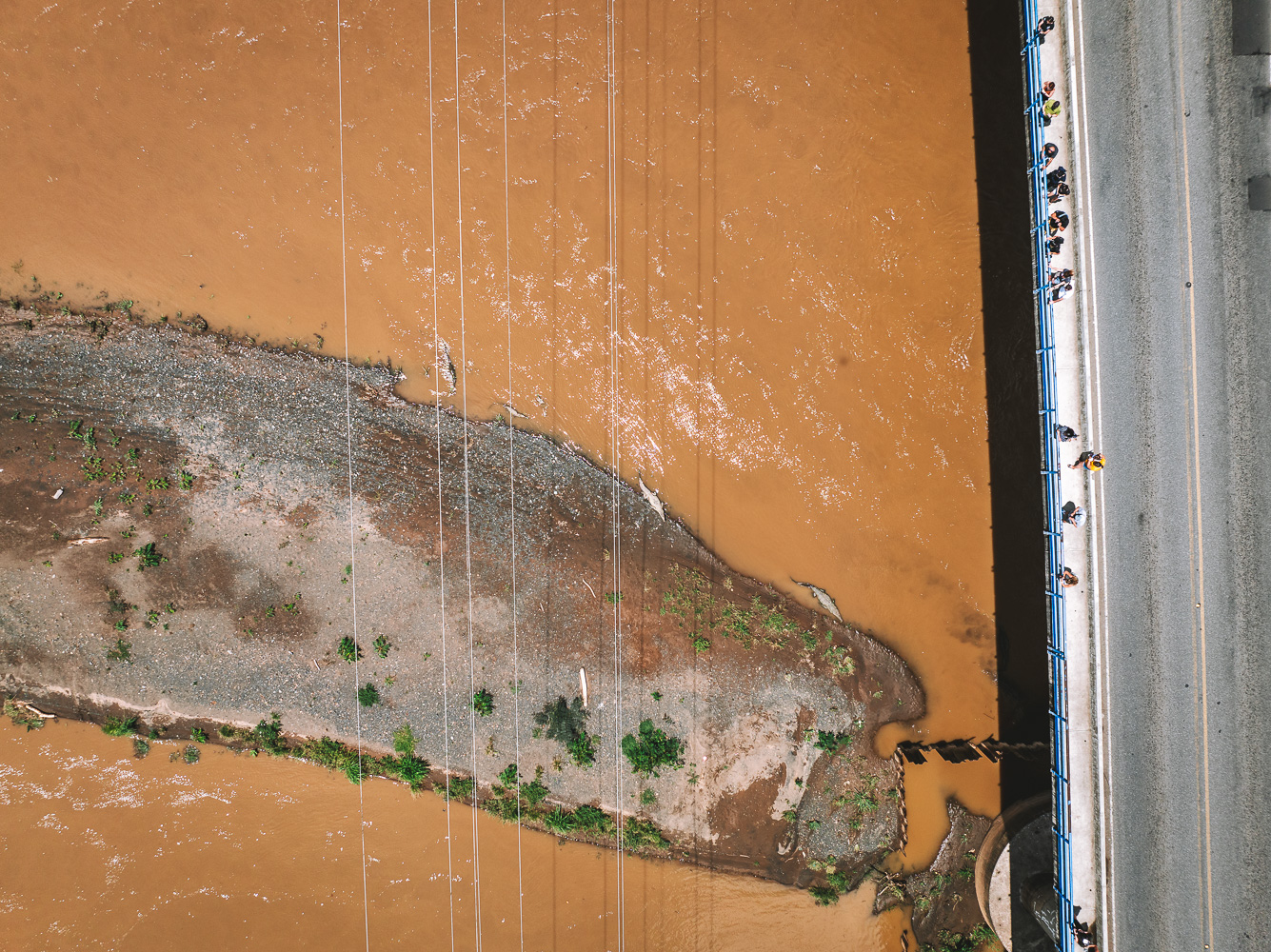
Restaurants near Crocodile Bridge, Costa Rica
Restaurant Nambí
Restaurant Nambí is one of the more popular restaurants in the area and is located right next to Rio Tarcoles. The spacious, open-air patio-style restaurant also has great views of the river. It’s part of Hacienda Nosavar, a large farm dedicated to livestock, reforestation, ecological tourism, and adventure activities.
The restaurant specializes in Costa Rican fusion with a buffet or a la carte options. The buffet usually consists of Costa Rican staples of rice, beans, protein like chicken or beef, and a salad. If you’re interested in ordering off the menu, we recommend their chicken, Casado, and delicious burgers.
Soda El Guácimo
There are many sodas nearby, and one we recommend is Soda el Guácimo, which is about 3 minutes away from the river. Like typical sodas, it’s definitely not on the fancy side, but the food more than makes up for it. Head here for traditional flavours, and try their gallo pinto, Casado, and Tortilla Aliñada. If you’re around for breakfast, they also have a hearty breakfast menu and great coffee, too.
Frutera Carara
You’ll find this smoothie spot right by the Crocodile Bridge, and it’s a great place to cool down after watching crocodiles in the sun. The fruit stand serves different kinds of fruit smoothies, all made from 100% fresh fruit. Their Pura Vida smoothie, which is a blend of pineapple, mango, and passionfruit, is a standout, but they have other refreshing drinks and local snacks too. There’s also a parking lot right in front of the store, which is convenient if you’re bringing a car.
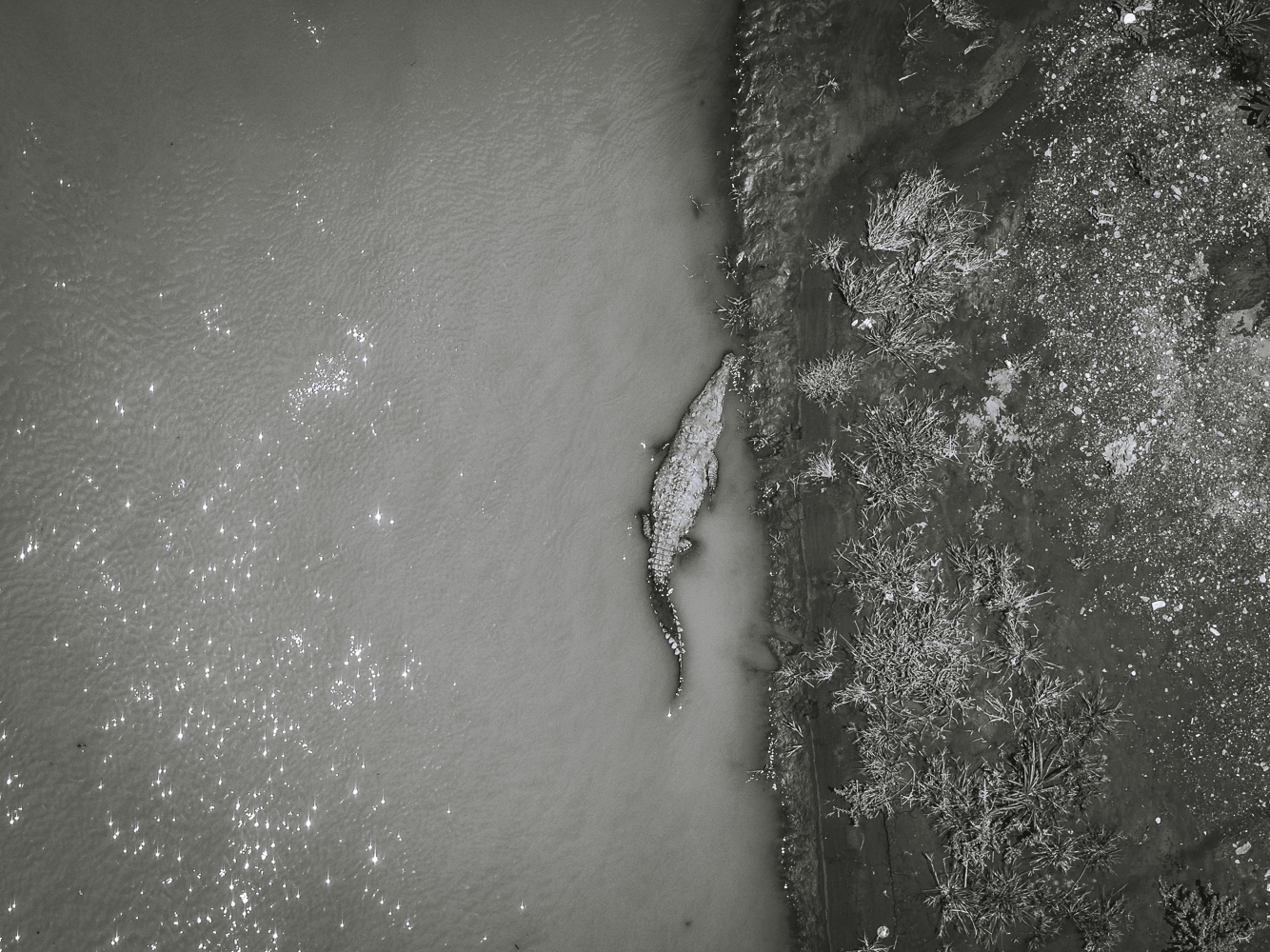
The Bottom Line: Is Visiting the Crocodile Bridge Worth It?
The Crocodile Bridge is hands-down one of the most unique bridges in Costa Rica. If you’re en route to Jaco or Manuel Antonio or simply driving through Costa Rica’s Pacific Coast, we highly recommend stopping by!
Seeing so many crocodiles in their natural habitat along the Tarcoles River is a sight you don’t see every day. Besides, the location is convenient whether you have 15 minutes or an hour to spare, and there are tours, restaurants, and other attractions nearby to keep you entertained.
After you visit the crocs, it’s easy to continue driving to your main destination. Crossing the Crocodile Bridge in Costa Rica is worth it and always makes for a fun story to tell!
Would You Make a Stop at the Costa Rica Crocodile Bridge?
READ NEXT: Guide to Visiting Nicoya Peninsula

